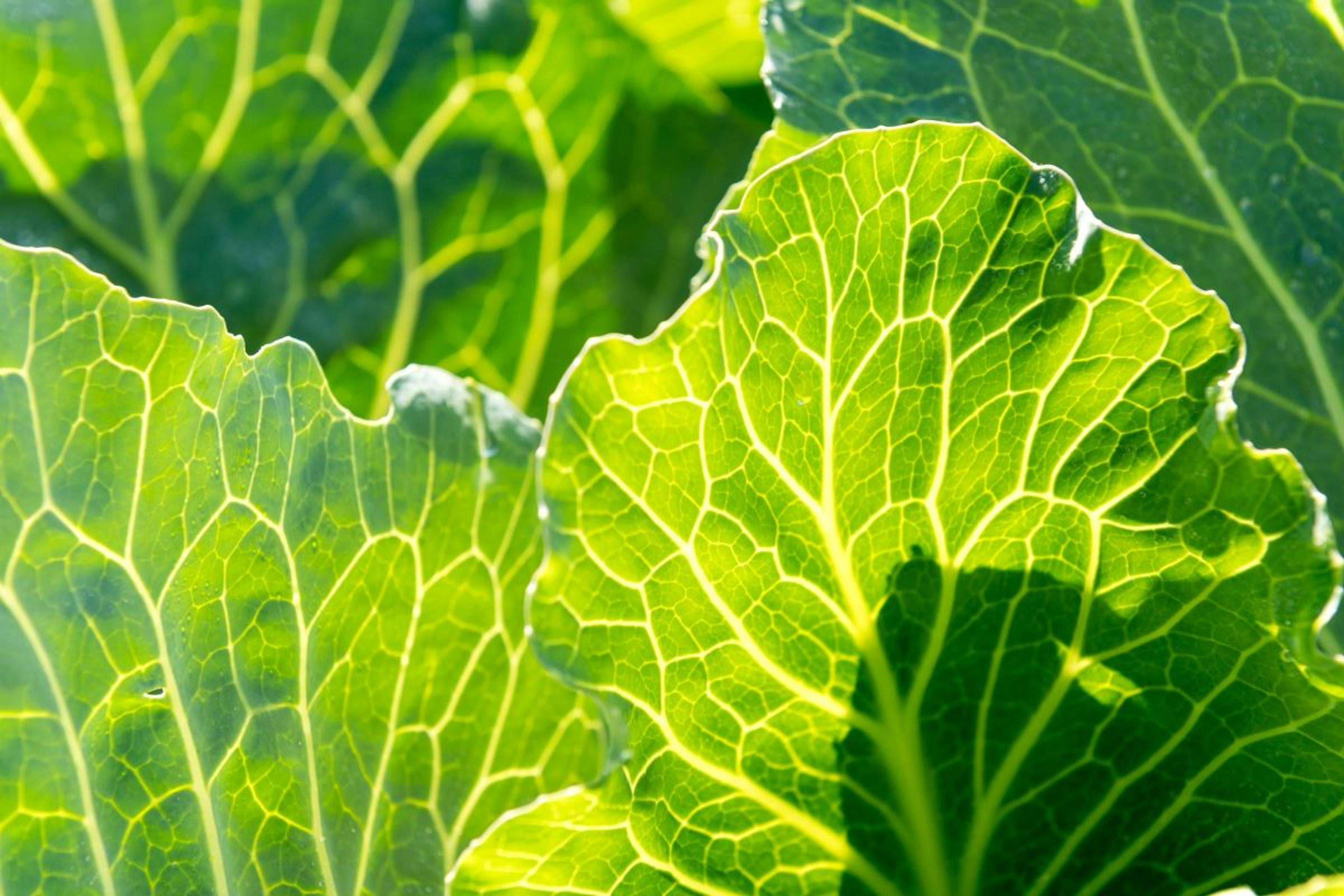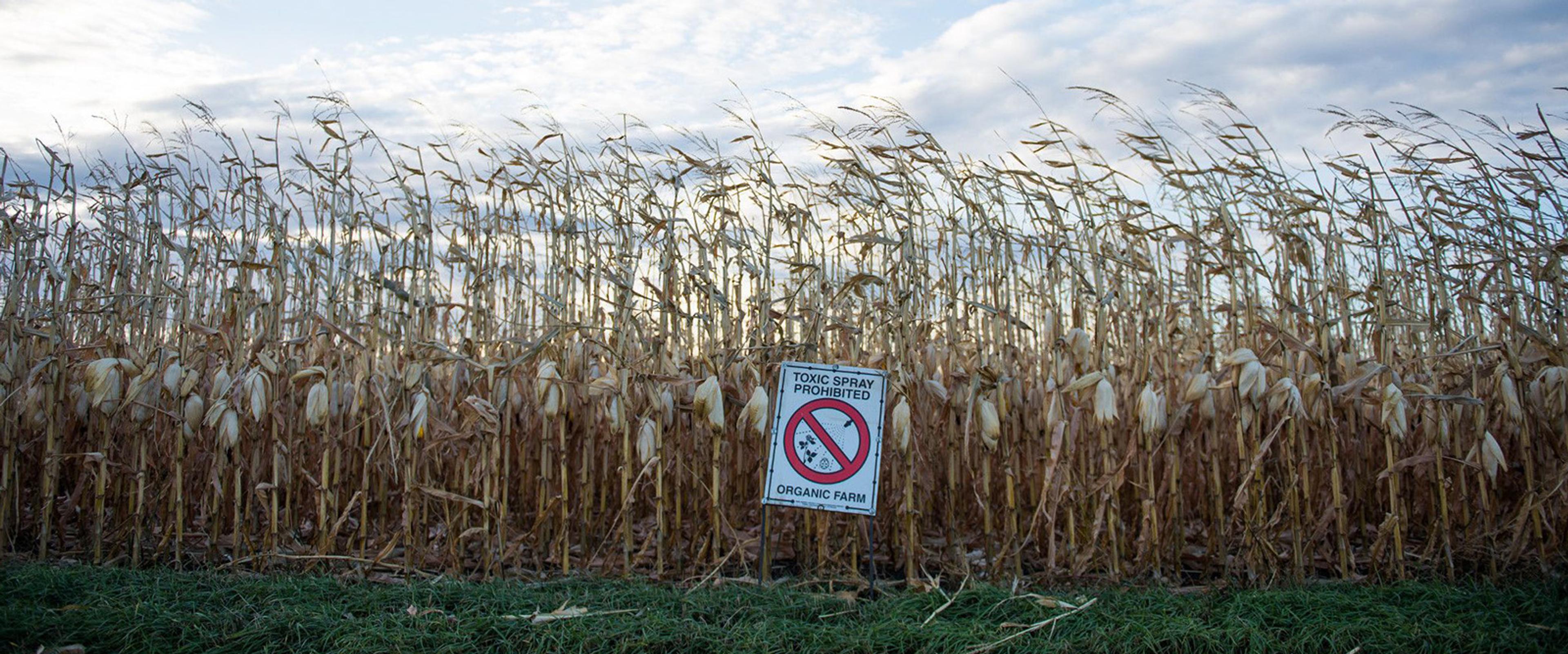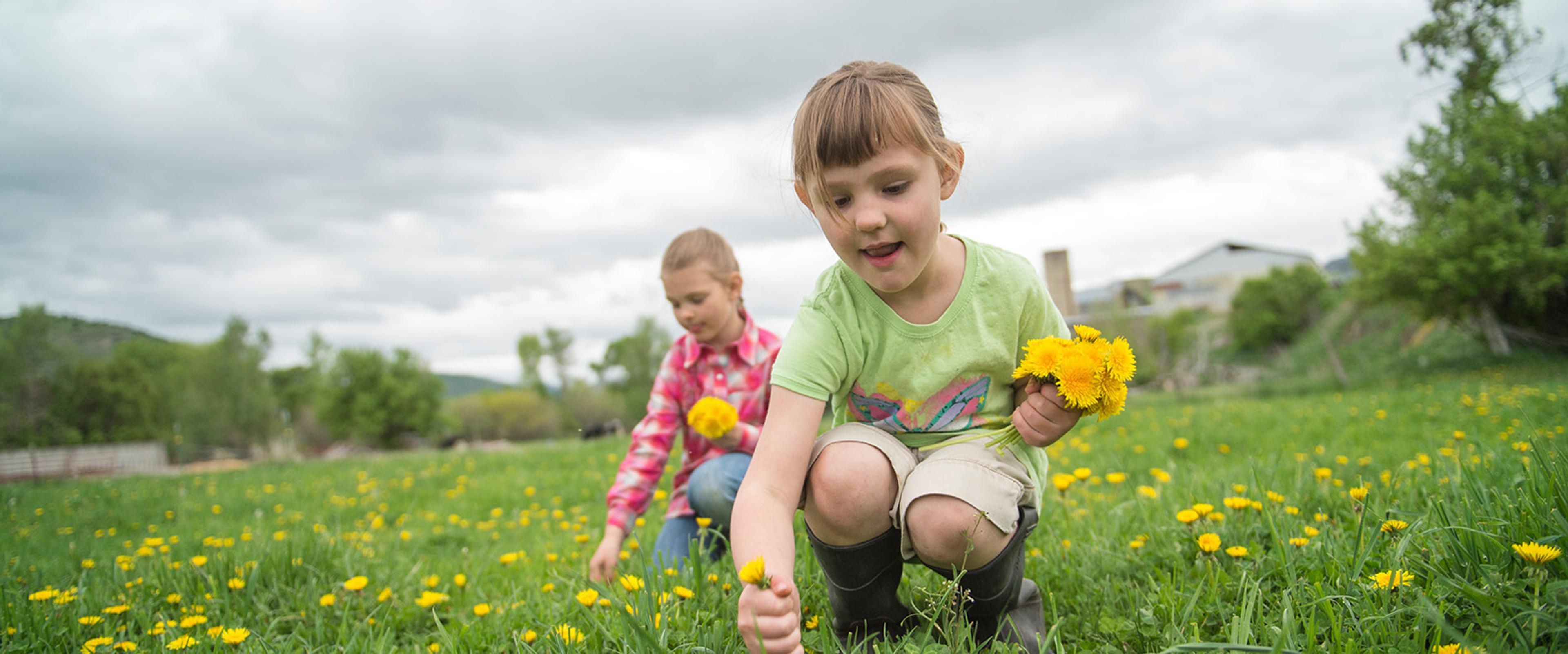
Organic
10 Common Terms in Organic Farming
Biodiversity. Soil fertility. GMOs. These are all words you’ve probably seen as you started exploring the organic lifestyle, but what do they mean?
What Makes Food Organic?
Before we dive into the nitty-gritty of organic terms, let’s answer the most obvious question: What does organic mean when it comes to food?
With planted food, organic means that it’s been grown sustainably without harsh chemicals. When describing edible animal products, organic means the animals were raised humanely and without antibiotics. While these are the broad basics, there is much more that goes into making organic food.
Check out these 10 organic terms for insight to all things organic:
1. Biodiversity
Biodiversity comes from the words “biological” and “diversity.” It’s rooted in the concept that all living things affect each other. In organic farming, this means making an extra effort to ensure that the farming doesn’t negatively disrupt the environment. This can look like cycling soil nutrients by adding organic matter and using only approved materials that improve or work well with the local ecosystem.
For example, some organic farmers make extra efforts to protect bird and insect populations. They’ll do things like planting, or caring for, diverse native plants that are critical to the well-being of wildlife. This way, they can still grow food without destroying the plants, animals, and insects that live there. Some farmers also do things like keeping livestock away from critical water sources to benefit wetland creatures, and timing grazing to maintain soil and water quality. When you buy something organic, you’re helping maintain and preserve local ecosystems!

The Brakke farm in Minnesota.
2. Buffer Zones
A buffer zone is an area between organic crops and other land not designated for organic farming. A farm that is certified organic must have a buffer zone around it to make sure that it doesn’t get contaminated by anything on adjacent land. For example, drift can happen when neighboring nonorganic farms spray chemicals on a windy day. Those harmful chemicals can blow onto an organic farm next door. A buffer zone is big enough to prevent prohibited substances from entering organic farmland by water or air.
3. Organic Certification
When something is certified organic, it lives up to certain standards expected of quality organic food. Certified organic farms follow strict rules and are inspected regularly. The U.S. Department of Agriculture Organic seal on a product assures that the product comes from a farm that raises animals humanely and doesn’t use any harsh chemicals. It also means that the farm doesn’t use antibiotics on its animals or grow crops that are GMOs. Products abiding by these standards are verified by the USDA. Certified organic is a way to know that what you’re buying is 100% organic and adheres to the proper standards.

Biodiversity abounds at the Turner family farm in Maine.
4. Cover Crops
A cover crop is a crop that is planted to decrease or prevent soil erosion. Like it says in its name, it covers the land. The roots of these crops help hold the soil in place. Cover crops can also help replenish nutrients in the soil, enhance water availability, control pests and weeds, and increase biodiversity.
They can be particularly good at attracting pollinators like bees and butterflies. Which cover crop a farmer plants depends on the needs of the farm, but common cover crops include legumes, cereal grains, ryegrass, and broadleaf plants such as mustards. Overall, it’s a great way to keep the farm’s environment intact while also getting rid of unwanted pests and weeds naturally. This is important in organic farming because it allows farmers to avoid using harmful chemicals to address unwanted pests and weeds.
5. Crop Rotation
Crop rotation is the process of rotating the location of crops each season. When a crop is planted in a specific area of land, it uses certain nutrients in the soil. Rotating the crops helps to maintain healthy soil instead of completely depleting the soil of nutrients in one spot. In organic agriculture, the USDA requires crop rotation.
Not only does rotating crops build healthy soil, but it also prevents some soil diseases, addresses weed problems, and keeps unwanted pests away. Crop rotation is just one of the many practices organic farmers use to limit the impact on the environment and address issues without using harmful chemicals.

The McMahan farm in Washington.
6. Environmental Sustainability
Environmental sustainability consists of different aspects, but they all point toward the same common goal: good stewardship of the earth. Farming relies on a lot of natural resources. With sustainable practices, these natural resources can continue to serve farming and the local flora and fauna. Environmental sustainability focuses on certain practices to ensure that farmers preserve these resources for the future.
These practices can include:
- Planting native crops to promote biodiversity.
- Implementing water conservation measures.
- Minimizing a farm’s carbon footprint.
- Taking measures to reduce soil erosion.
- Crop rotation.
- Ensuring soil is healthy.
7. GMOs
GMO stands for genetically modified organism. When a crop is genetically modified, its genetic code has been changed. While it’s similar to crossbreeding, genetically modifying an organism involves more targeted changes.
To create a GMO, a scientist inserts a specific gene into the DNA of the organism, in the nucleus of a cell. This results in the organism having a specific desired trait. The problem with GMOs is that they are somewhat new and not naturally occurring. There’s a lot we still don’t know about them. To be certified organic, a product can’t contain any GMO components.
8. Herbicides and Pesticides
While pesticide is an overarching term, an herbicide specifically targets weeds. Pesticides, on the other hand, can also include insecticides. In nonorganic agriculture, there are several controversial herbicides that can harm the environment. To be certified organic, a product can’t have synthetic chemicals that are toxic to the environment. Additionally, organic farming focuses on first using other methods for weed control. These can include things like natural pesticides that don’t harm nature (e.g., cayenne pepper and certain soaps) or pulling weeds by hand instead of spraying them with toxic chemicals.

Cows on organic pasture.
9. Regenerative Ag
Regenerative ag or regenerative agriculture is a style of sustainable farming in which the farmer regenerates renewable resources. It focuses on improving soil health. Plants use the nutrients in soil to grow. While these nutrients aren’t infinite, Organic Valley farmers do what they can to enrich the soil and keep it from degrading.
To reintroduce essential nutrients into the soil, organic farmers do things like:
- Rotational grazing: This involves rotating where livestock goes to graze on grass or other crops. Once the animals have grazed on one plot of land (called a paddock) for a while, the animals are shifted to another area. This allows the grazed land to rest and recover. Rotational grazing also means dedicating smaller patches of land to grazing. Farmers change the grazing area based on environmental conditions and change them before the animals eat the plants all the way to the ground.
- No-till planting: This means planting crops in such a way that limits how much soil is disturbed. Instead of tilling, the farmer only digs where the seeds go.
- Limiting the use of pesticides and certain fertilizers: Doing so limits the negative impact on the soil.
- Using cover crops.

Picking dandelions at the Knapp farm in Idaho.
10. Soil Fertility
Soil fertility refers to the quality of soil in terms of nutrients. Good soil fertility means the soil has enough nutrients to sustain plant growth. Organic farming relies on maintaining these nutrients in the soil without using synthetic ingredients. Farmers make this happen by implementing natural, sustainable farming practices. For example, things like crop rotation, planting cover crops, using only approved natural fertilizers, and no-till planting can help soil fertility.
Organic Valley is committed to producing quality organic products that people can trust. Everything from farm to table meets or exceeds USDA Organic standards. We hope these terms come in useful on your organic journey.
Related Articles
- Tags:
- pesticides & herbicides,
- environment,
- organic & sustainable living,
- regenerative agriculture















